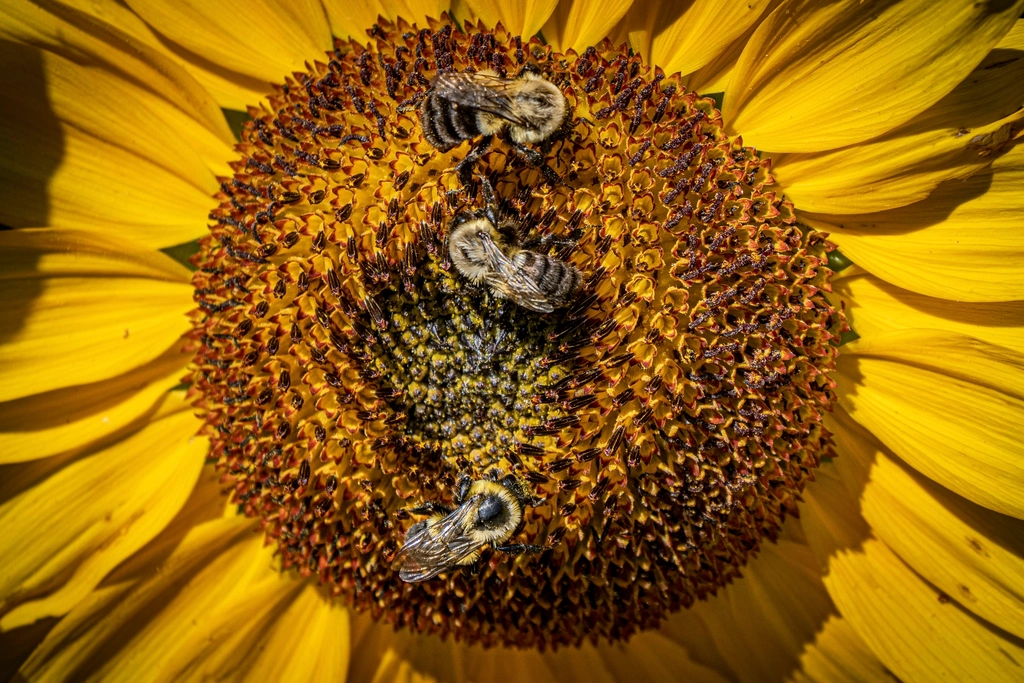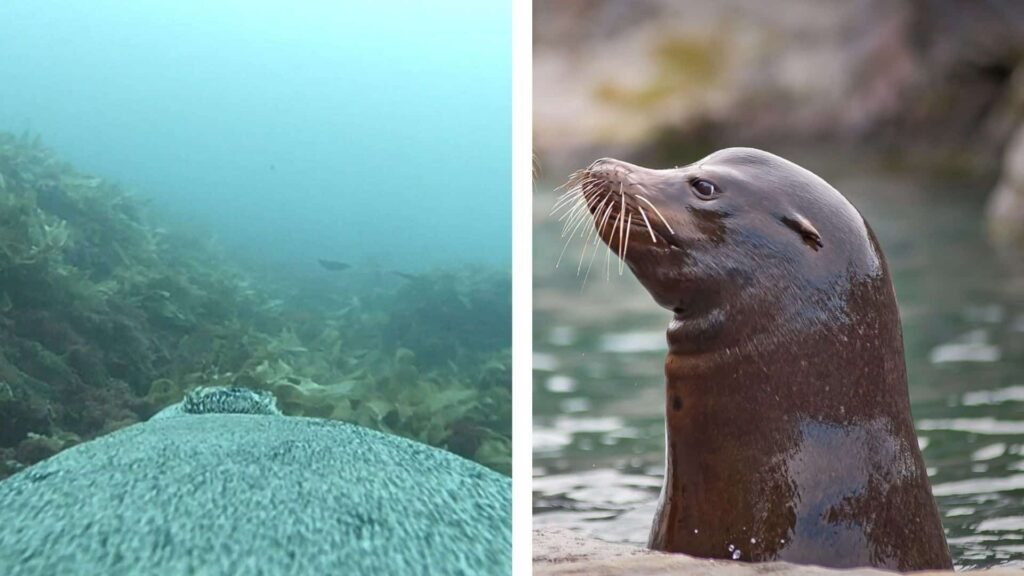Imagine a world where your morning coffee, the vibrant colors of spring flowers, and the sweet taste of honey could vanish. This isn’t a dystopian fantasy; it’s a potential reality if our pollinators, particularly bees, continue to decline. The mysterious collapse of bee populations around the globe has sent shockwaves through ecosystems and economies alike. But can science step in to save our buzzing friends? The quest to breed a better bee might just be the key to reversing this alarming trend. Let’s dive into the intricate world of bees and explore how science is responding to this crisis.
The Importance of Bees in Our Ecosystem

Bees play a vital role in our ecosystem, acting as primary pollinators for a vast array of plants. Without them, the reproduction of many fruits, vegetables, and flowers would be severely hampered. These tiny workers are responsible for pollinating about one-third of the food we consume. Imagine if every third meal you eat depended on these industrious insects. Their absence would not only affect our food supply but also disrupt the balance of natural ecosystems, leading to a cascade of negative effects on other wildlife.
The Alarming Decline in Bee Populations

In recent years, bee populations have been declining at an alarming rate. This phenomenon, known as Colony Collapse Disorder (CCD), has puzzled scientists and beekeepers alike. Factors contributing to this decline include pesticide exposure, habitat loss, climate change, and diseases. Each of these factors acts like a piece of a puzzle, and together, they create a daunting picture of a world struggling to maintain its natural pollinators. This decline is not just a concern for environmentalists but for anyone who enjoys the bounty of nature.
Understanding the Science Behind Bee Breeding
Breeding a better bee involves understanding the genetic makeup and behaviors that make some bees more resilient than others. Scientists are delving into the genetics of bees to identify traits that can help them withstand the challenges they face. This includes resistance to diseases, tolerance to pesticides, and adaptability to changing climates. By selecting and breeding bees with these desirable traits, researchers hope to create stronger colonies capable of thriving in today’s world. It’s a bit like creating a super athlete, but for bees.
The Role of Technology in Bee Breeding
Technology is playing a crucial role in the effort to breed better bees. Advanced tools like genetic sequencing and data analysis are being used to identify and propagate favorable traits in bee populations. Drones and other monitoring devices help track bee health and behavior in real-time, providing invaluable data to researchers. This blend of technology and biology offers a promising avenue for enhancing bee resilience. It’s a modern twist on age-old agricultural practices, combining the best of both worlds to tackle a pressing problem.
Innovative Approaches to Bee Conservation
Beyond breeding, innovative approaches are being explored to conserve and protect bee populations. Urban beekeeping initiatives and bee-friendly gardening practices are gaining popularity, offering safe havens for bees in unexpected places. Education and awareness campaigns are also crucial, teaching the public about the importance of bees and how to support them. These efforts are like planting seeds of hope, each small action contributing to a larger movement aimed at saving our pollinators.
The Controversy Surrounding Genetic Modification
The idea of genetically modifying bees is not without controversy. Critics argue that tampering with nature could have unforeseen consequences, potentially disrupting ecosystems further. Supporters, however, believe that genetic modification could provide a lifeline for struggling bee populations. It’s a debate that highlights the delicate balance between innovation and caution. As science advances, so too does the responsibility to consider the ethical implications of our actions.
Real-World Examples of Successful Bee Breeding

There have been notable successes in the field of bee breeding. In some regions, beekeepers have successfully bred bees that are resistant to specific diseases or pests. These resilient colonies serve as a testament to the potential of targeted breeding programs. Such examples provide a blueprint for others to follow, offering hope that we can indeed breed a better bee. It’s like finding a silver lining in a clouded sky, a reminder that solutions are within reach if we work together.
The Economic Impact of Bee Decline

The decline of bee populations has significant economic implications. Agriculture industries reliant on pollination could face substantial losses, affecting food prices and availability. The ripple effect extends to other sectors, including retail and manufacturing, which rely on agricultural products. It’s a stark reminder that the health of our environment is intricately linked to the health of our economy. Investing in bee conservation is not just an environmental imperative but an economic one as well.
What You Can Do to Help

While the science of breeding better bees continues to evolve, there are steps individuals can take to support bee populations. Planting bee-friendly flowers, reducing pesticide use, and supporting local beekeepers are simple yet effective actions. Every small effort counts, contributing to a larger collective impact. It’s like being part of a community garden, where each person’s contribution helps the whole flourish.
Looking Towards a Brighter Future

The journey to breed a better bee is filled with challenges, but it also holds immense promise. Through science, innovation, and collective action, we have the potential to secure a brighter future for our pollinators and, by extension, ourselves. The question remains: can we rise to the occasion and ensure the survival of these essential creatures? The answer lies in our willingness to act, to innovate, and to care for the world we share.




